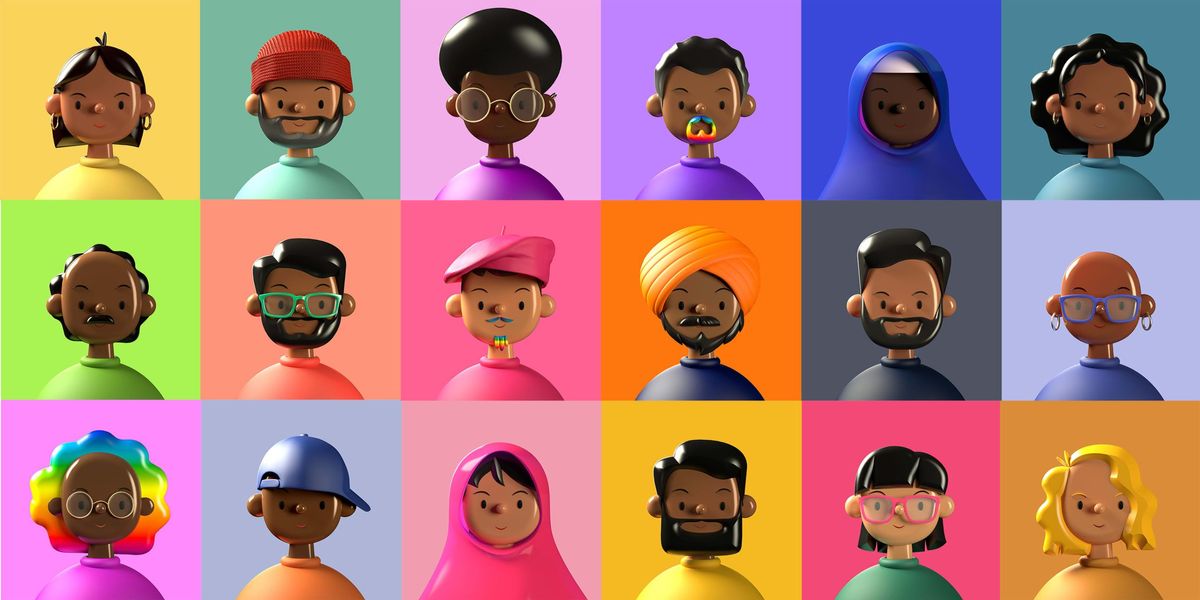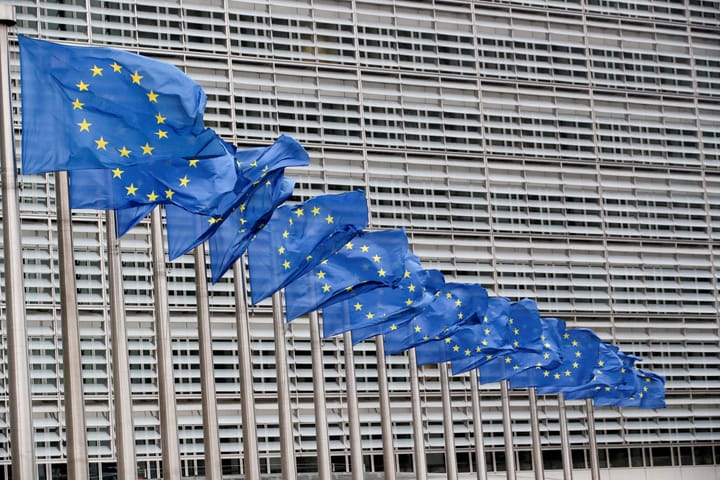Why are NFTs so popular?

A few minutes every morning is all you need.
Stay up to date on the world's Headlines and Human Stories. It's fun, it's factual, it's fluff-free.
Whether you understand the term or not, you’ve probably heard of non-fungible tokens or NFTs. Being crowned as the word of the year in 2021 by Collins Dictionary, NFTs have garnered much popularity over the past year, with many companies and celebrities getting involved in buying and selling them. However, the concept of NFTs can be confusing for many people.
Essentially, NFTs are digital assets that can be used as a token of trade. They come in many forms – art, music, games, fashion and memes – and exist in the digital space using blockchain technology (a decentralized, digital ledger that is difficult to delete, hack or alter). NFTs are basically digital receipts that verify the authenticity of a digital collectible. You can sort of think of it as a certificate.
They differ from other cryptocurrencies like Bitcoin and Ethereum in that each NFT is entirely unique. While more traditional cryptocurrencies form a network that decides the value, NFTs are independent. The blockchain also includes “blocks” of data, which store ownership history and additional information.
Recently, the Bored Ape Yacht Club (BAYC) NFTs went viral, and many celebrities like Jimmy Fallon, Eminem, Paris Hilton, Steph Curry and more have purchased ape avatars from the collection. The collection’s fixed number of NFTs at 10,000, as well as its high minimum cost of entry (around US$224,000 (HK$1.75 million)), have heightened its popularity and brought reactions of admiration and skepticism.
All in all, NFTs are becoming a significant part of the global economy and contributing to how we share and own digital assets. So, just why are NFTs so popular?
Why are NFTs so popular?

The idea of NFTs emerged in 2013, starting with something called colored coins. Colored coins represented real-world assets on the Bitcoin blockchain, ultimately stimulating the creation of NFTs. Subsequently, the first NFT ever created was a pixelated digital image called “Quantum” by New York artist Kevin Mcoy in 2014. After that, the crypto art market flourished, and the underground market started expanding.
In 2017, CryptoKitties joined the scene, and NFTs headed toward a mainstream audience. It can be argued that NFTs solidly reached the mainstream audience in 2021, as more artists and events, like the NBA’s Top Shot, expanded the horizons for digital collectibles amid the pandemic. It’s also safe to say that the pandemic did wonders for the rise of NFTs, where more creators and collectors made time for the process of meeting and exchanging online.
NFTs also have great potential in solving issues of digital scarcity. Digital scarcity is the idea that “a digitally native asset can be coded to have an immutably (permanently) limited supply.” The same concept that makes diamonds and gems valuable applies to digital scarcity. The more rare and unique an item is, the more value it has. However, digital assets can be endlessly reproduced and are easy to alter or distribute with the click of a button.
This is essentially solved with NFTs. Using modern technology, digital collectibles are given unique value as NFTs. So, even if a digital asset is reproduced and distributed, its authenticity is verifiable through the public, decentralized ledger – the blockchain.
Which countries have the most NFTs?

According to statistics collected by Finder.com, the countries with the most NFTs in 2021 were the Philippines, Thailand, Malaysia, United Arab Emirates and Vietnam, respectively. These countries all have a relatively high general awareness of NFTs, with around 37% to half of the population aware of the industry.
Generally, Asian countries ranked higher in terms of NFT adoption. Four out of five countries with the most NFTs mentioned above are in Asia.
There has been increased awareness, especially in Southeast Asia, where in-game assets from NFT games like Axie Infinity and social media channels of artists sharing their works in the form of NFTs attract the general public.
There has also been notable growth in NFT adoption in Nigeria, from 13.7% to 35.3%. This is likely due to the emergence of African artists on the metaverse, where the sharing of culture through this platform has become more widespread.
Current NFT trends
There are still doubts and confusion surrounding NFTs. However, the projected future of NFTs is bright – it may be the start of another digital way of sharing, thriving off the attention of younger generations.
With the BAYC NFTs thriving, it is projected that avatar-based NFTs will continue to attract attention and move the NFT market forward. Also, while many NFTs have focused on art and gaming, there is potential for expansion to the music industry and real-life experiences. For example, the Coachella Music Festival has announced NFT features, including lifetime festival passes and digital collectibles redeemable for physical items.
The amalgamation of real-life experiences and the metaverse show a promising future for NFTs. So it may be much more than a trend – perhaps it’s a new reality for collecting, investing and sharing overall.
Have a tip or story? Get in touch with our reporters at tips@themilsource.com




Comments ()